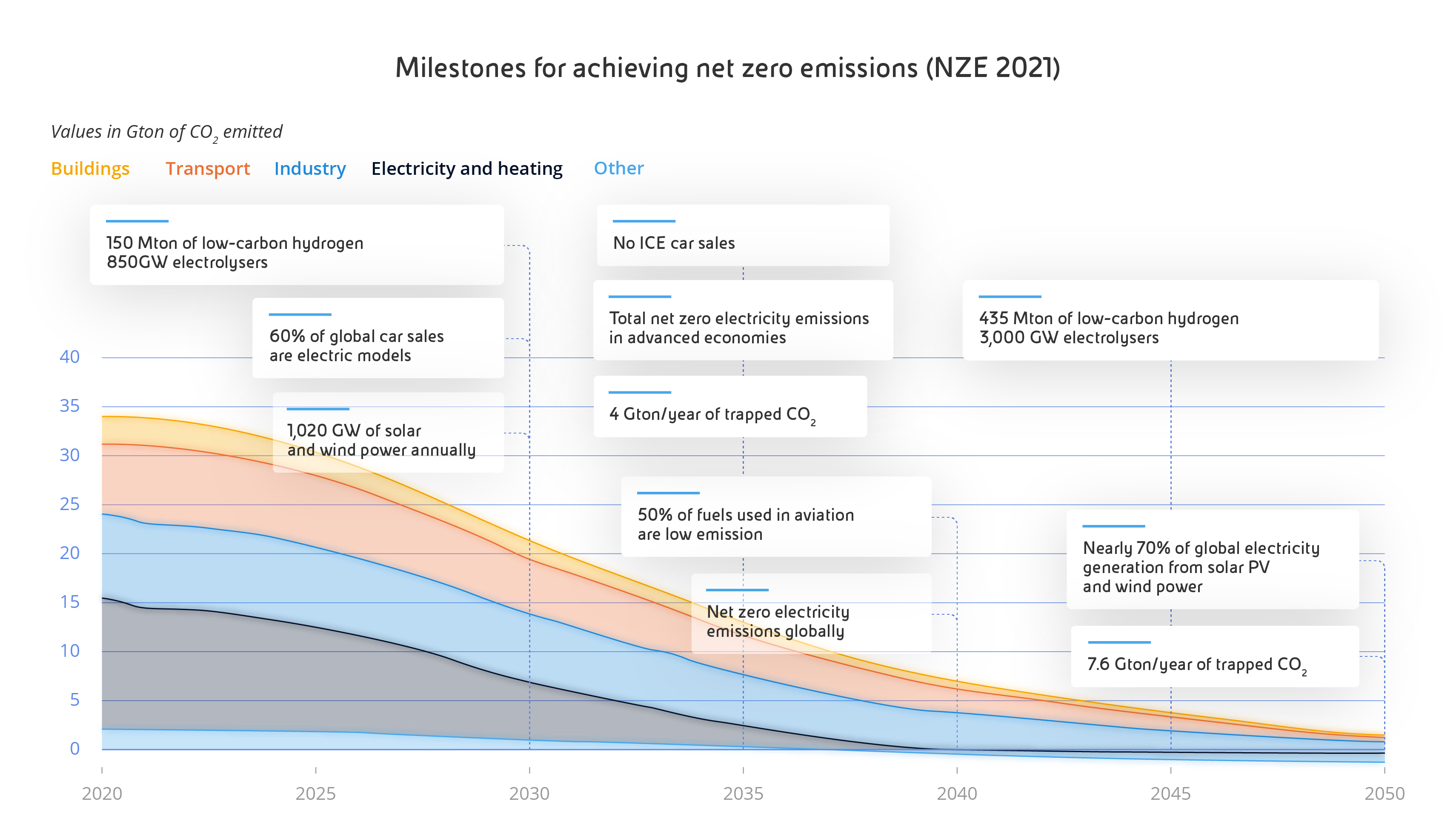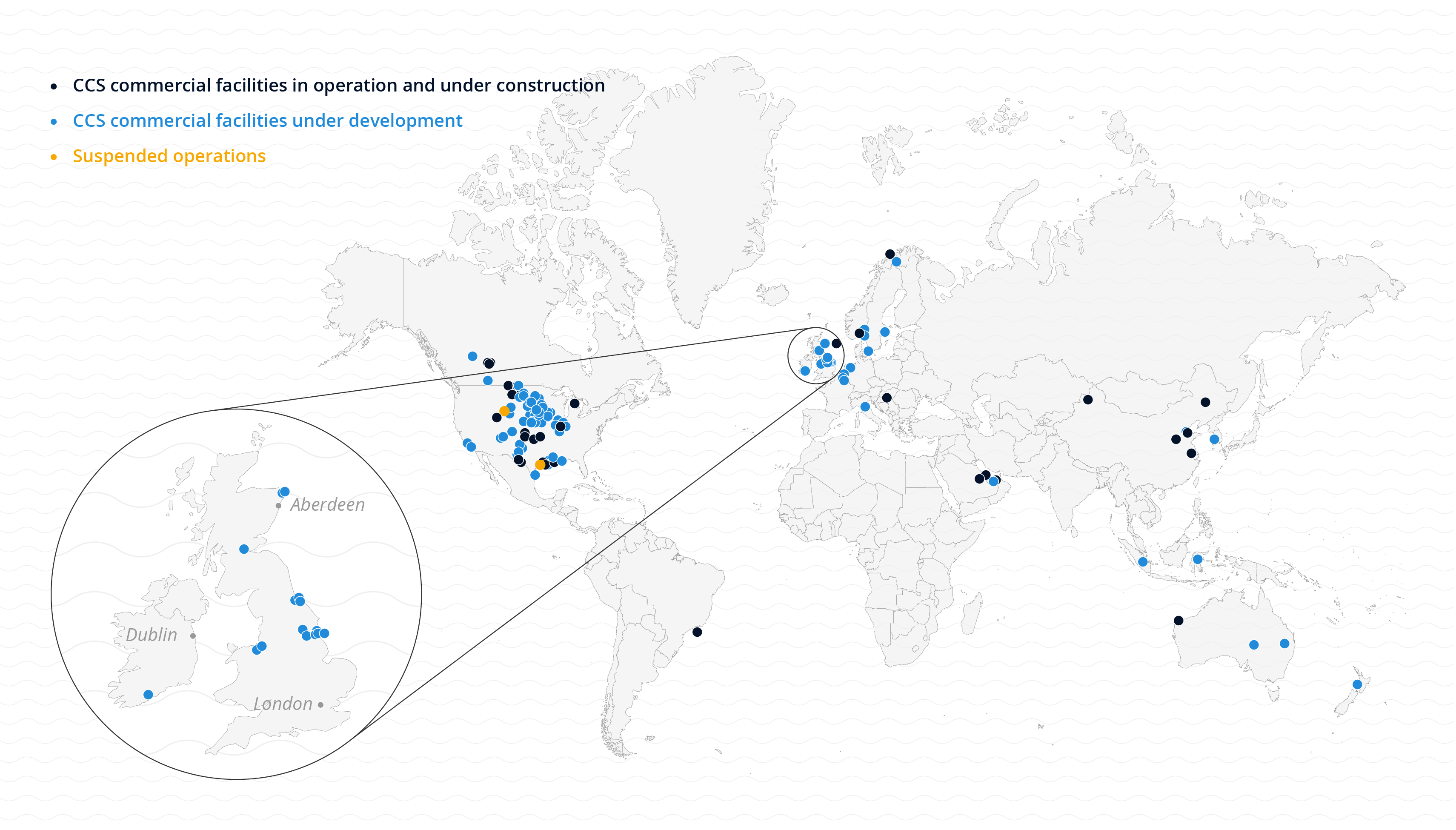The evidence of climate change is undeniable, and there is a scientific consensus that it is caused by human activity. The main culprits are "greenhouse gases", which are emitted into the atmosphere in large quantities, mainly from power stations, the industrial sector, transport, domestic heating and agriculture and cause average temperatures to rise. The main negative factor in this scenario is carbon dioxide (CO₂), a gas that is natural and harmless in itself, but its atmospheric concentration has risen sharply since the start of the industrial revolution and continues to rise. In 2022, human activity resulted in annual emissions of around 37 billion tonnes of CO₂ and even with current environmental policies and expected reforms, projections show a rising trend. Both the Paris climate agreement and the subsequent Glasgow pact in 2021 set out milestones for the gradual reduction of carbon dioxide emissions, with the overall goal of limiting the increase in global average temperature to 1.5°C. This daunting task, known as decarbonization, involves also the energy sector, where the achievement of zero emissions is the cornerstone of the energy transition, a move towards a more sustainable paradigm of energy use and production. A paradigm shift is on the horizon that will require a change in consumption patterns, the development of renewable energy sources and the strengthening of both energy saving and circular economy practices.
Within this framework, additional solutions come into play: they include CCUS, electrification, fuels with a low carbon impact and bio-energies. Finally, technological progress and innovation can provide a decisive and overarching advantage. Realising this vision will require unwavering commitment from governments, society at large and industry.









